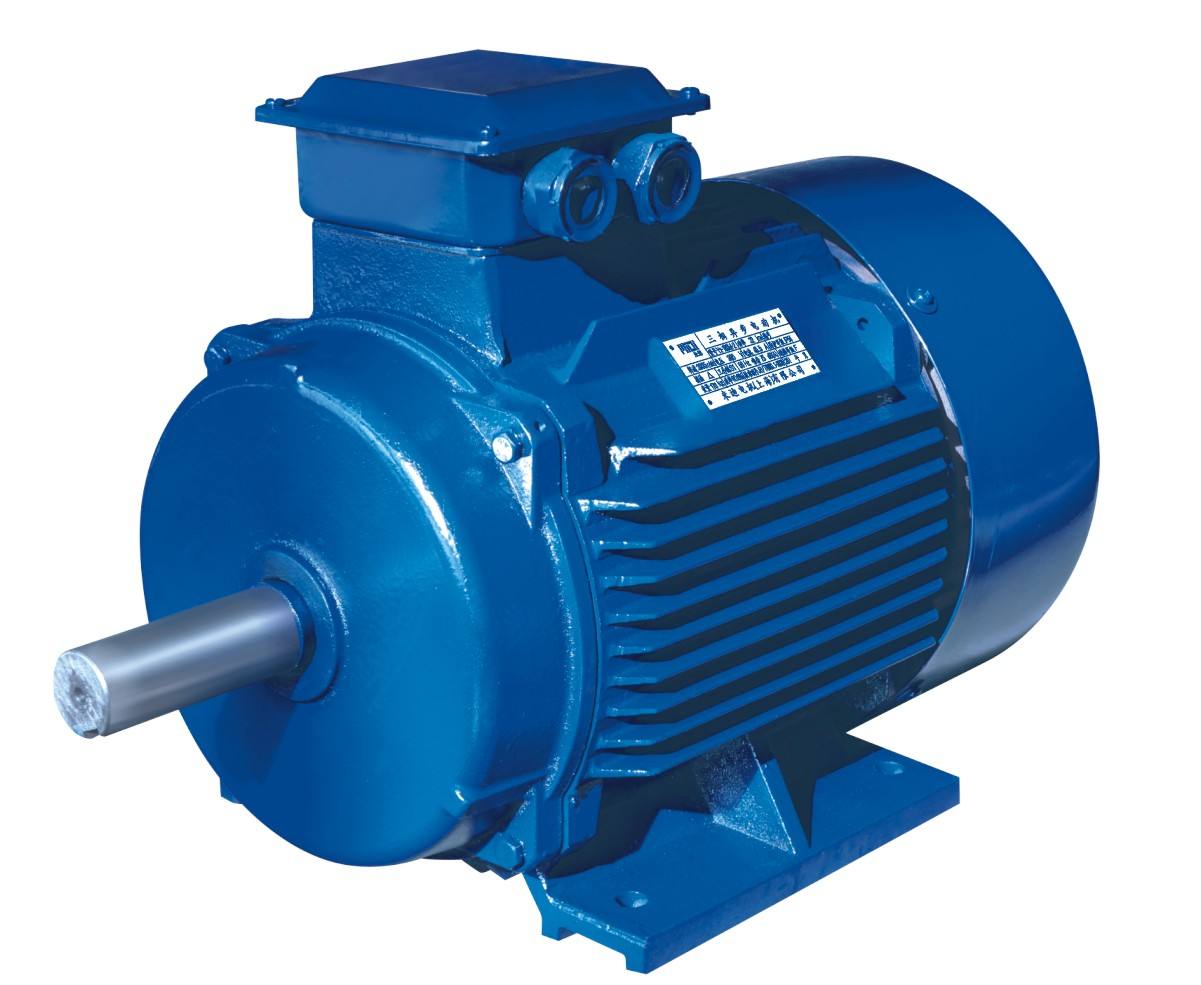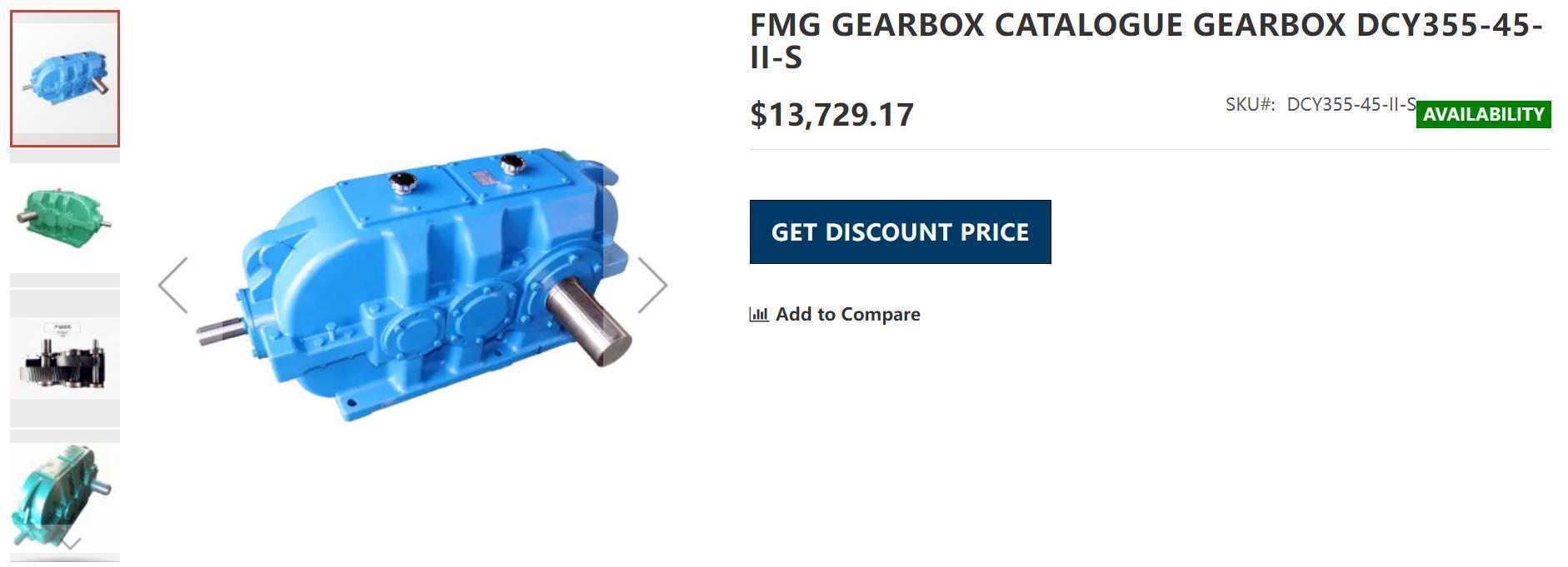YX3 series high-efficiency energy-saving motors refer to general-purpose standard motors with high-efficiency motors. Starting from energy conservation and environmental protection, high-efficiency motors are the current international development trend. The United States, Canada, and Europe have successively promulgated relevant regulations.
At present, my country's motor power consumption exceeds half of the total power consumption, accounting for as much as 70% of the industrial power consumption. Therefore, to reduce energy consumption, there is a lot to do in the field of motors, and high-efficiency and energy-saving motors can be used as a breakthrough in energy conservation. The energy-saving effect of high-efficiency energy-saving motors is remarkable. Under normal circumstances, the efficiency can be increased by about 3%-5%. It can be seen that improving motor efficiency, reducing motor energy consumption, and developing and applying high-efficiency and ultra-efficient motors have very important national energy strategic significance and realistic social benefits. Accelerating the promotion and application of high-efficiency motors is of great significance to the completion of the "Twelfth Five-Year" energy saving and emission reduction tasks and the promotion of industrial structure adjustment and upgrading. At present, China's high-efficiency motor industry has formed a relatively complete industrial chain, and has mastered the production technology of high-efficiency and ultra-high-efficiency motors. China has unique conditions for mass production of high-efficiency motors.
The YX3 series of high-efficiency and energy-saving standard three-phase asynchronous motors produced by our company are squirrel-cage rotor three-phase asynchronous motors with constant speed manufactured by using new materials, new technology and optimized design. It is a new generation of energy-saving motors. YX3 motor has the characteristics of high efficiency, large starting torque, low noise, etc., and the structure is more reasonable. The cooling and heat dissipation conditions are mature. This series of motors are general-purpose three-phase asynchronous motors, which can be used to drive various general mechanical equipment, and are suitable for all places without special requirements and no speed change.
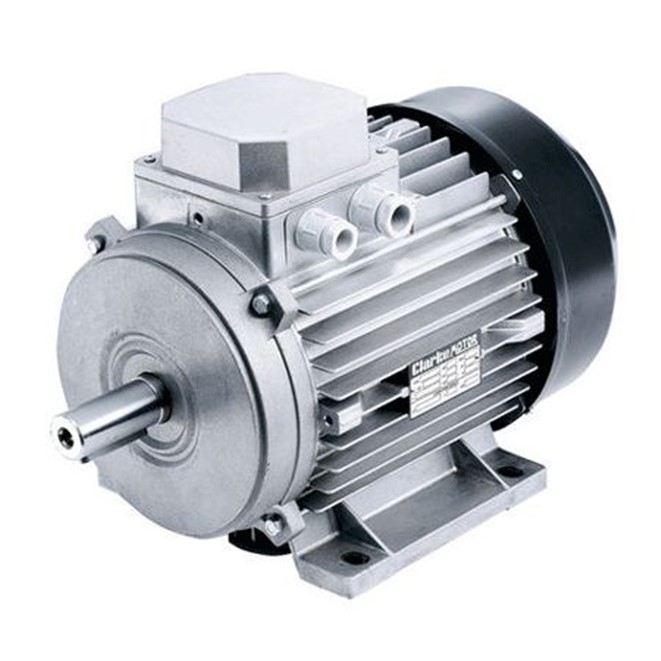
Electric motor, also known as motor or electric motor, is an electrical device that converts electrical energy into mechanical energy, and can then use mechanical energy to generate kinetic energy to drive other devices. There are many types of motors, but they can be roughly divided into AC motors and DC motors for different occasions.
basic information
The advantage of a DC motor is that it is relatively simple in speed control. It only needs to control the voltage to control the speed. However, this type of motor is not suitable for operation in high temperature, flammable and other environments, and because the motor needs to use carbon brushes as a Commutator components (brush motors), so it is necessary to regularly clean up the dirt generated by carbon brush friction. A brushless motor is called a brushless motor. Compared with a brush, a brushless motor is less power-saving and quieter because of the less friction between the carbon brush and the shaft. The production is more difficult and the price is higher. AC motors can be operated in high temperature, flammable and other environments, and do not need to clean carbon brush dirt regularly, but it is difficult to control the speed, because controlling the speed of the AC motor requires controlling the frequency of the AC (or using induction The motor uses the method of increasing the internal resistance to reduce the motor speed at the same AC frequency), and controlling its voltage will only affect the torque of the motor. Generally, the voltage of civil motors is 110V and 220V. In industrial applications, there are also 380V or 440V.
working principle
The principle of rotation of the motor is based on John Ambrose Fleming's left-hand rule. When a wire is placed in a magnetic field, if the wire is energized, the wire will cut the magnetic field line and move the wire. The electric current enters the coil to generate a magnetic field, and the magnetic effect of the electric current is used to make the electromagnet continuously rotate in the fixed magnet, which can convert electrical energy into mechanical energy. It interacts with a permanent magnet or a magnetic field generated by another set of coils to generate power. The principle of a DC motor is that the stator does not move, and the rotor moves in the direction of the force generated by the interaction. The AC motor is the stator winding coil is energized to generate a rotating magnetic field. The rotating magnetic field attracts the rotor to rotate together. The basic structure of a DC motor includes "armature", "field magnet", "snumeric ring", and "brush".
Armature: A soft iron core that can rotate around an axis is wound with multiple coils. Field magnet: A powerful permanent magnet or electromagnet that generates a magnetic field. Slip ring: The coil is connected to two semi-circular slip rings at about both ends, which can be used to change the direction of the current as the coil rotates. Every half a turn (180 degrees), the direction of current on the coil changes. Brush: Usually made of carbon, the collector ring is in contact with the brush in a fixed position to connect to the power source.
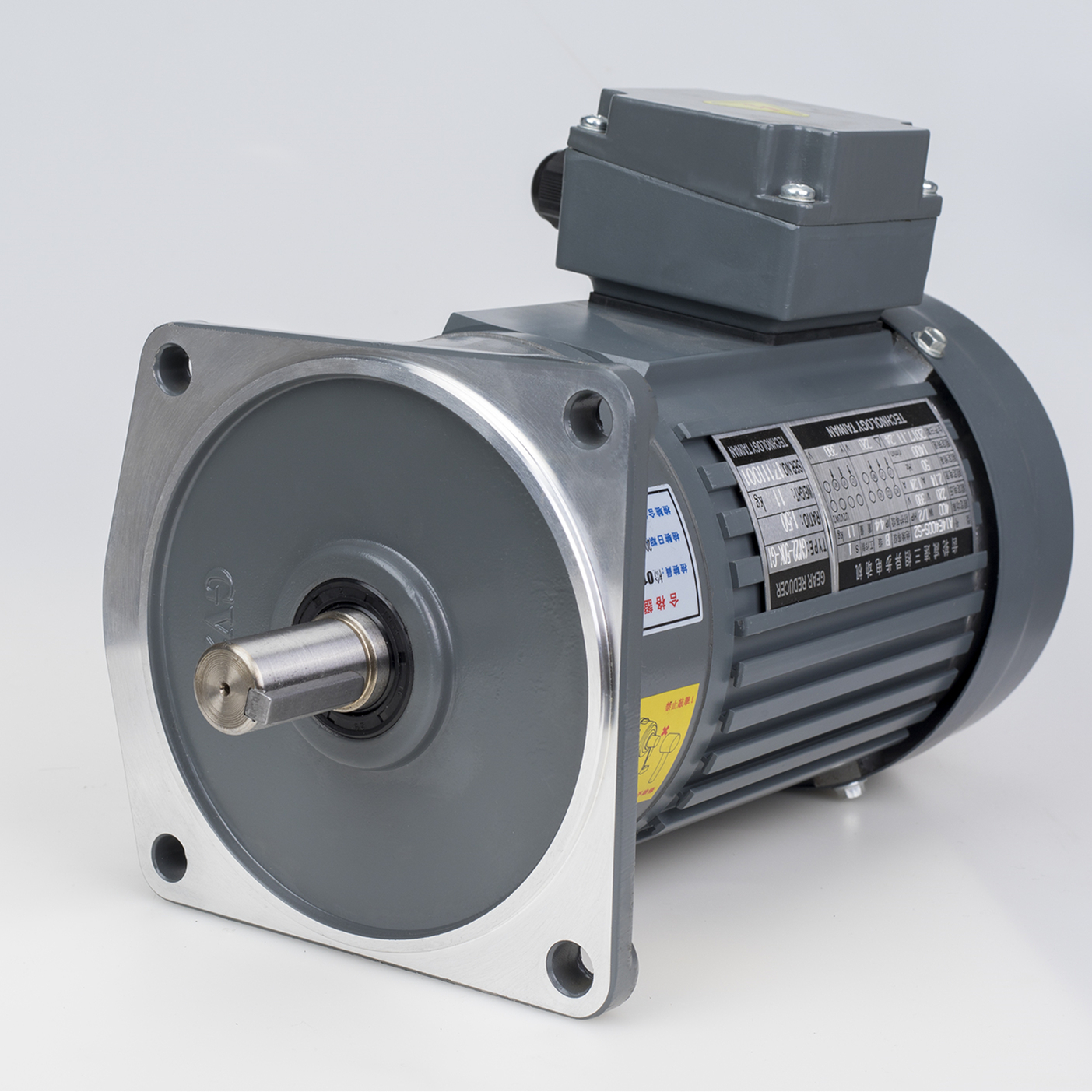
The following are all called motors
Classified by power supply:
name
characteristic
DC motor
Use permanent magnets or electromagnets, brushes, commutators and other components. The brushes and commutators continuously supply the external DC power supply to the coil of the rotor, and change the direction of the current in time, so that the rotor can follow the same direction Continue to rotate.
AC motor
The alternating current is passed through the stator coil of the motor, and the surrounding magnetic field is designed to push the rotor at different times and different positions to make it continue to run
*Pulse motor
The power source is processed by a digital IC chip and turned into a pulse current to control the motor. A stepping motor is a kind of pulse motor.
Classified by structure (both DC and AC power supplies):
name
characteristic
Synchronous motor
It is characterized by constant speed and no need for speed regulation, low starting torque, and when the motor reaches the running speed, the speed is stable and the efficiency is high.
Asynchronous motor
Induction motor
It is characterized by simple and durable structure, and can use resistors or capacitors to adjust the speed and forward and reverse rotation. Typical applications are fans, compressors, and air conditioners.
*Reversible motor
Basically the same structure and characteristics as the induction motor, it is characterized by a simple brake mechanism (friction brake) built into the tail of the motor. Its purpose is to achieve instant reversible characteristics by adding frictional load and reduce the effect of the induction motor. The amount of over-rotation generated by the force.
Stepping motor
It is characterized by a kind of pulse motor, a motor that rotates gradually at a certain angle. Because of the open-loop control method, it does not need a feedback device for position detection and speed detection to achieve precise position and speed control, and Good stability.
Servo motor
It is characterized by precise and stable speed control, fast acceleration and deceleration response, rapid action (fast reverse, rapid acceleration), small size and light weight, high output power (ie high power density), high efficiency, etc., and is widely used in position and speed control superior.
Linear motor
It has a long-stroke drive and can exhibit high-precision positioning capabilities.
other
Rotary Converter, Rotating Amplifier, etc.
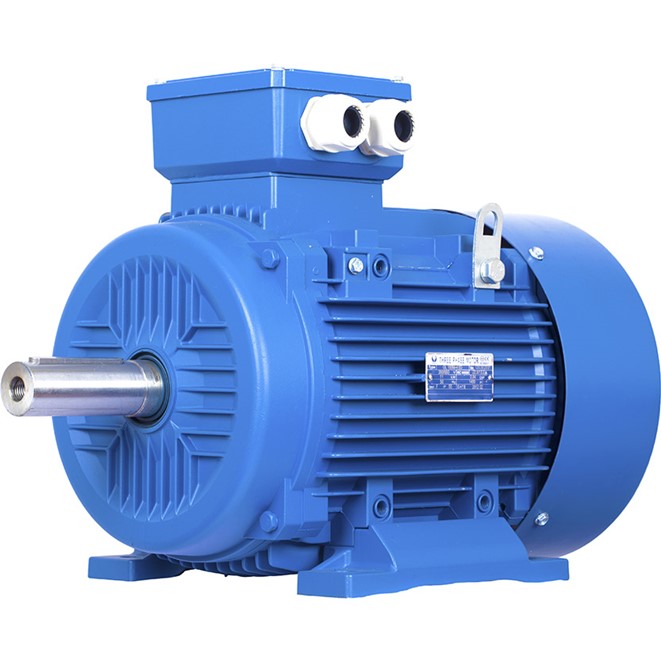
Use purpose
Typical induction motors are widely used
There are many electric uses, ranging from heavy industries to small toys. Different types of electric motors are selected in different environments. Here are some examples: wind-making equipment, such as electric fans, electric toy cars, boats and other elevators, elevators powered by electricity, such as underground railways, tram factories and hypermarkets Electric automatic doors, electric rolling shutters, and people's livelihood supplies on transport belt buses
Optical drive, printer, washing machine, water pump, disk drive, electric razor, tape recorder, video recorder, CD turntable, industrial and commercial use
Fast elevator working machine (such as: machine tool) textile machine mixer.
Concept: DC motors refer to motors that use DC power sources (such as dry batteries, batteries, etc.); AC motors refer to motors that use AC power (such as household circuits, alternators, etc.).
Application: DC motors and AC motors have different structures. DC motors have a commutator (two opposite half copper rings), and AC motors do not have a commutator.
DC motors are generally used in circuits with low voltage requirements. DC power supplies can be easily carried. For example, electric bicycles use DC motors. For example, computer fans and radios are used.
Differentiating method: The most important thing depends on whether there is a commutator and what power supply is used. There is a DC motor with a DC power supply for the commutator.
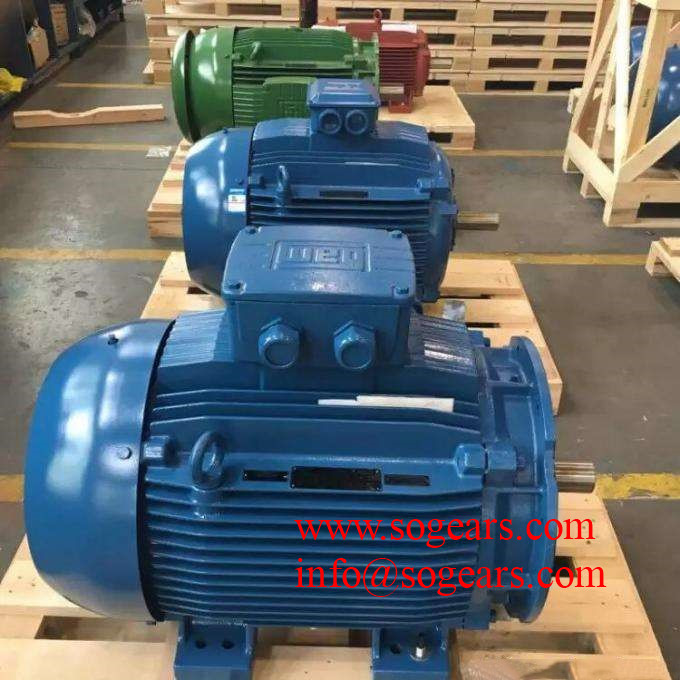
The working principle of AC motor
At present, there are two types of AC motors commonly used: 1. Three-phase asynchronous motors. 2. Single-phase AC motor.
The first type is mostly used in industry, while the second type is mostly used in civilian electrical appliances.
1. Rotation principle of three-phase asynchronous motor
The prerequisite for the three-phase asynchronous motor to rotate is to have a rotating magnetic field, and the stator winding of the three-phase asynchronous motor is used to generate the rotating magnetic field. We know, but the voltage between the phase power phase and the phase is 120 degrees out of phase, and the three windings in the three-phase asynchronous motor stator are also 120 degrees out of each other in spatial orientation. Every time the current changes for one cycle, the rotating magnetic field rotates once in space, that is, the rotating speed of the rotating magnetic field is synchronized with the change of the current. The speed of the rotating magnetic field is: n=60f/P where f is the power frequency, P is the number of pole pairs of the magnetic field, and the unit of n is: revolutions per minute. According to this formula, we know that the speed of the motor is related to the number of magnetic poles and the frequency of the power supply. For this reason, there are two ways to control the speed of an AC motor: 1. Change the magnetic pole method; 2. Frequency conversion method. In the past, the first method was mostly used, but now the variable frequency technology is used to realize the stepless speed control of the AC motor.
2. Rotation principle of single-phase AC motor
Single-phase AC motors have only one winding, and the rotor is squirrel cage type. When a single-phase sinusoidal current passes through the stator windings, the motor will generate an alternating magnetic field. The strength and direction of this magnetic field change sinusoidally with time, but it is fixed in space, so this magnetic field is also called alternating. Pulsating magnetic field. This alternating pulsating magnetic field can be decomposed into two rotating magnetic fields with the same speed and opposite rotation directions. When the rotor is stationary, these two rotating magnetic fields produce two equal and opposite torques in the rotor, making the synthesis The torque is zero, so the motor cannot rotate. When we use external force to rotate the motor in a certain direction (such as clockwise rotation), the cutting magnetic field lines between the rotor and the clockwise rotating magnetic field become smaller; the rotor and the counterclockwise rotating magnetic field The movement of the cutting magnetic field lines becomes larger. In this way, the balance is broken, the total electromagnetic torque produced by the rotor will no longer be zero, and the rotor will rotate in the direction of pushing.
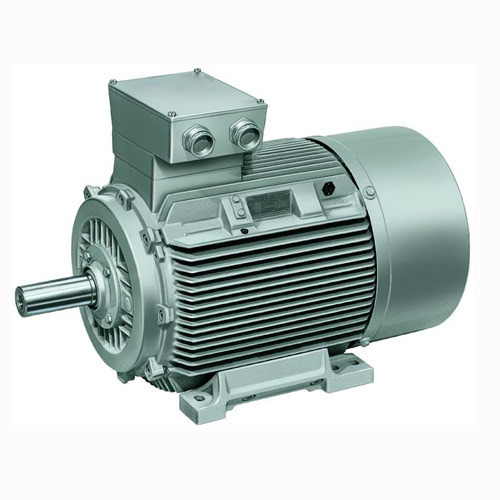
Three. Principle of Synchronous Motor
Synchronous motors are AC motors, and the stator windings are the same as asynchronous motors. Its rotor rotation speed is the same as the speed of the rotating magnetic field generated by the stator winding, so it is called a synchronous motor. Because of this, the current of the synchronous motor is ahead of the voltage in phase, that is, the synchronous motor is a capacitive load. For this reason, in many cases, synchronous motors are used to improve the power factor of the power supply system.
There are roughly two types of synchronous motors in structure:
1. The rotor is excited by direct current. The rotor of this kind of motor is shown in the figure. It can be seen from the figure that its rotor is made of salient pole type. The field coils mounted on the pole core are connected in series with each other and have alternating opposite polarities. And there are two lead wires connected to the two slip rings mounted on the shaft. The field coil is excited by a small DC generator or battery. In most synchronous motors, the DC generator is installed on the motor shaft to supply the excitation current of the rotor pole coil.
2. Synchronous motor whose rotor does not need excitation.
